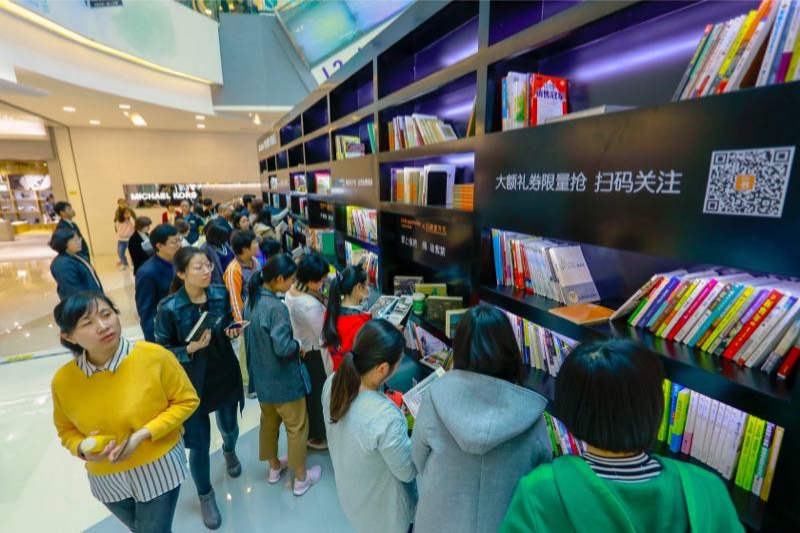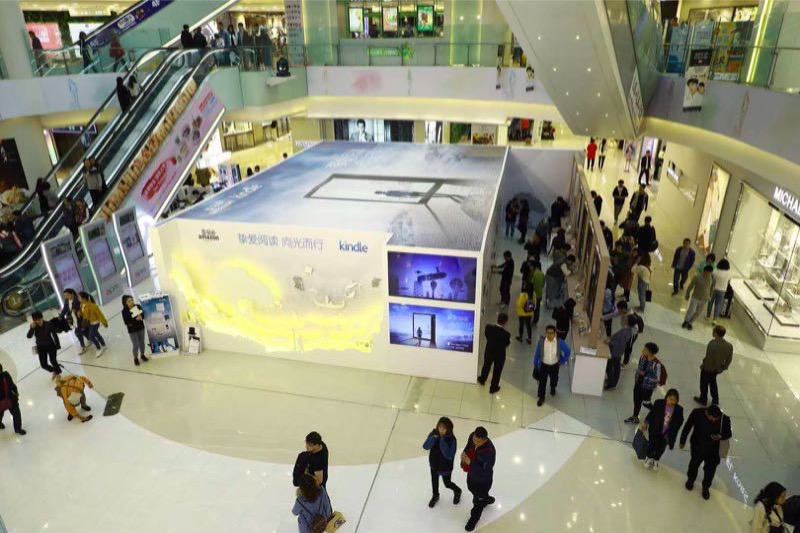Engaging Gen Z through pop-up stores
Born starting in the mid-1990s, Generation Z is now coming of age. Their spending power is growing, as is their impact on markets around the world. And it’s no wonder: according to Bloomberg, by next year Gen Z will make up 32 per cent of the world’s 7.7 billion people.
Broadly characterised as being eager to adopt new technologies, Gen Z are natural online shoppers. Surprisingly though, studies revealed that three times as many Gen Zers shop in a store than shop online while more than two-thirds use their phones in stores to research potential purchases, reflecting their preference for experiencing things in the real world and cross-referencing those with online information.
These preferences are already having a profound effect on the retail landscape, with retailers starting to focus more on the social needs of customers and the O2O customer experience. Pop-up stores are a good match for these preferences, and perhaps that’s why they are proving to be so popular with Gen Z.
Pop-ups hit the right notes for Gen Z
Pop-up stores are currently a big hit with Gen Z as they hit three key points: pop-ups that target the younger generation are often designed to create unique and memorable experiences; they are temporary and therefore create a fear of missing out (‘FOMO’); and the ones proving to be most popular with Gen Z usually boast highly creative design work which photographs well and attracts social media hits. Let’s take a look at some examples.
Balancing online and offline experiences is key
Amazon’s central London fashion pop-up store, which opened for just a week in late October 2018, sold high-end fashion products, with the stock rotated entirely every couple of days. The store also acted as a two-way communication platform, seeking feedback from customers and asking their views on the clothing, prices and in-store experiences through a questionnaire.
The pop-up trialled several O2O tactics – customers could buy goods in the store and take them out as normal, or scan codes using a mobile app, or use in-store tablets for home delivery orders.
This store follows last year’s innovative pop-up, which saw Amazon celebrate Black Friday with a store furnished and decorated like a normal house – shoppers moved through the ‘house’, buying anything they wanted by scanning a barcode via a mobile app. Quirky and functional activations like these are proving to be massively popular with young shoppers.
The fear of missing out is a powerful motivator
Now let’s look at how the recent LINE FRIENDS pop-up store in Los Angeles perfectly leveraged FOMO. Open for just three months, this was the brand’s first pop-up store on the US west coast. Located in the heart of Hollywood, the hub of global pop culture, it featured merchandise from the massive LINE FRIENDS global brand.
Word of the store’s opening spread like wildfire after LINE FRIENDS announced its opening on their social media accounts, drawing massive attention from devoted fans of the brand’s loveable cartoon characters. The result was that even before the store opened its doors on the first day, it had attracted a line of 1,500 fans. The store also drew in more than 15,000 visitors shortly after opening.
Creating success through interactivity and involvement
When retailers provide unique opportunities for younger shoppers to feel involved and create their own experiences, they inevitably share those experiences with their social circles. It is therefore vital that retailers give Gen Z experiences that are worth sharing in their social feeds.
Earlier this year, Amazon China commemorated World Book Day 2018 and promoted their Kindle e-book with a World Book Day pop-up event at a shopping mall in Beijing. The event attracted 40,000 visitors over the six days to its four themed areas, which included a pop-up bookstore with 2,000 titles. Interactive areas further engaged visitors, with a 3D silhouette photo wall being a particular hotspot.


There is no question that the concept of pop-ups resonates with both Gen Z and the wider retailing community. As marketers, this is important knowledge that we need to act on quickly and turn into strategies.
This means encouraging brands to use innovative ways to engage younger audiences. It also means using strategies that connect and encourage collaboration with the next generation; because if brands can speak to their needs now, they will capture their hearts – and their wallets – long into the future.
Click here to connect with Pico+ UK.


